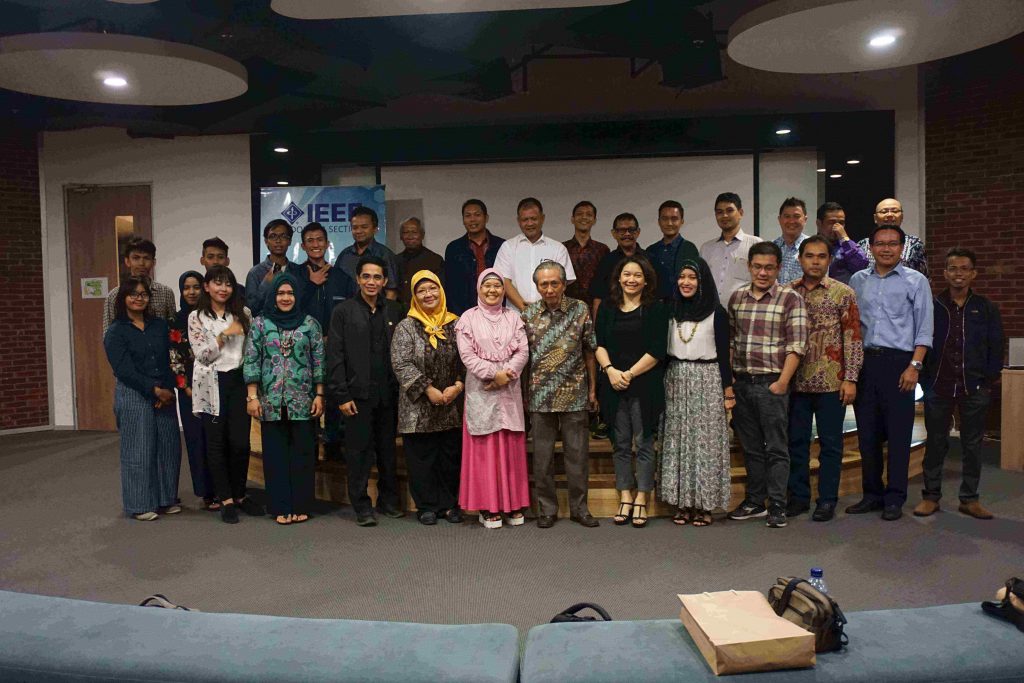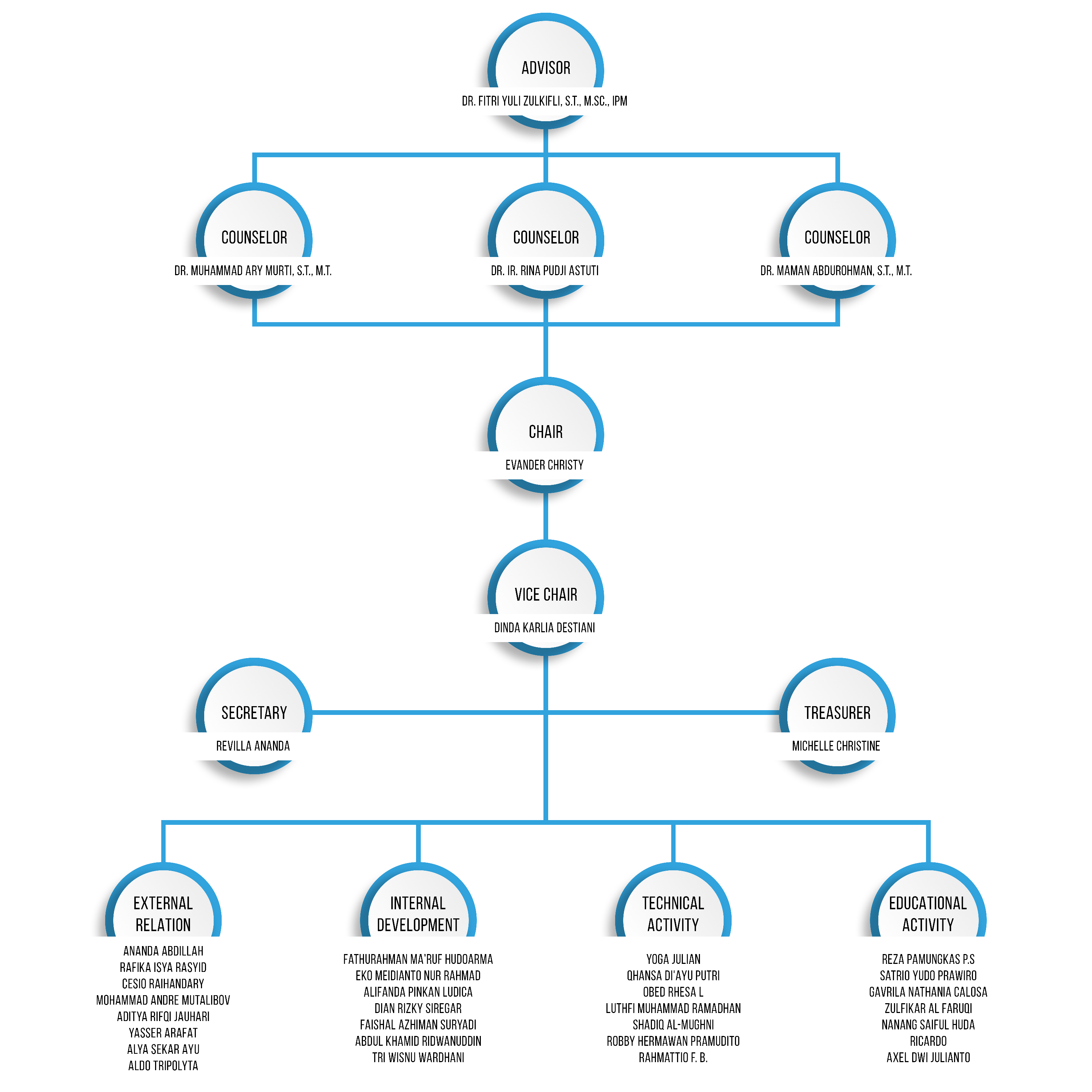
On May 13, IEEE Indonesia Section officially has a new Chair. We’d like to congratulate,
Dr. Fitri Yuli Zulkifli, S.T., M.Sc., IPM
from University of Indonesia, as the elected chairwoman of IEEE Indonesia Section!
This handing-over event was held in Binus International, Fx Campus Jl. Jend Soedirman, Jakarta. The event started from 1 p.m. until 6 p.m and was opened by Dr. Ford Lumban Gaol as General Chair of the event. Then the next session was keynot speech from IEEE Indonesia Section and IEEE Computer Society Chapter.
There was also Chapter and Joint Chapter Report from Societies in IEEE Indonesia Section, not forget to mention the Women in Engineering and Young Professional. After that, there was photo session and coffee break and the event was continued by the main agenda: Chairmanship Handing Over, and followed with speech by IEEE Indonesia Section new chair, Dr. Fitri Yuli, also advisory board speech by Mr. Arnold Djiwatampu and Dr. Wahidin Wahab.
The last session was Student Branch at a glance by IEEE Telkom University, University of Indonesia, and Bandung Institute of Technology Student Branches.
It was a great moment to gather with IEEE Indonesia section officers and also IEEE Student Branches. We put a lot of hope and ready to bring IEEE Indonesia Section to a great future.









































